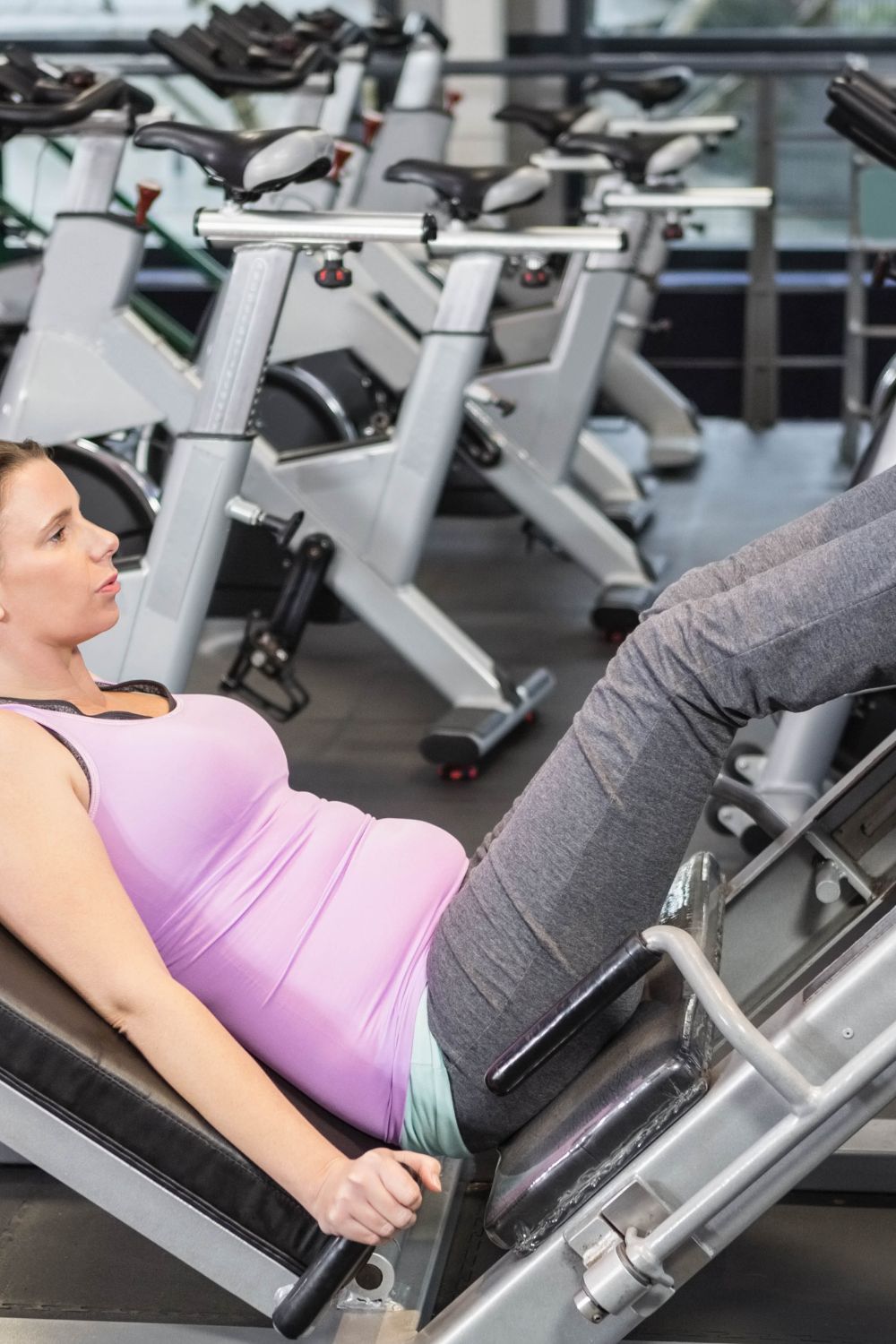Ever felt puzzled by the difference between your leg press and squat strength? You’re not alone! Many folks can press impressive weights but struggle with the same load when squatting. It’s like acing one math problem but stumbling on a similar one it happens!
The leg press and squat might work similar muscles, but they’re as different as apples and oranges. Let’s unpack why that might be and how you can bridge the gap.
Higher leg press reps but lower squat reps
The leg press and squat are both great lower body exercises, but they do engage your muscles differently. While you’re strong in the leg press, transitioning that strength to the squat can take some work. There could be a few reasons why you’re struggling with the squat despite your leg press strength.
Muscle Activation:
The leg press primarily targets your quads and glutes, whereas the squat engages a wider range of muscles, including your core, back, and stabilizing muscles. Your body might not be used to activating all these muscles together.
Technique:
Squatting with proper form is crucial. Your body mechanics and positioning significantly affect your ability to lift weight. If your form is off, it might limit your ability to perform the squat efficiently.
Balance and Stability:
Squatting requires more balance and stability than the leg press. If these aspects aren’t well-developed, it can affect your ability to perform squats effectively.
Mobility:
Squats demand greater flexibility and mobility in various joints compared to the leg press. Limited ankle, hip, or thoracic spine mobility can hinder your squat performance.
Do This To enhance your squat strength:
Work on Technique:
Focus on your form. Ensure your feet are shoulder-width apart, toes slightly turned out, and your knees track over your toes without collapsing inwards. Your back should stay straight, and you should descend as if you’re sitting back into an imaginary chair.
Incorporate Assistance Exercises:
Strengthening your core, improving ankle and hip mobility, and enhancing balance can improve your squatting ability. Exercises like lunges, Romanian deadlifts, box squats, and goblet squats can be beneficial.
Progress Gradually:
Start with bodyweight squats or use lighter weights and gradually increase the load as your form and strength improve.
Seek Guidance:
Consider working with a trainer to assess your form and offer personalized guidance on improving your squat technique.
Remember, progress might take time, and that’s absolutely okay! Gradually incorporating these suggestions and being consistent in your efforts will eventually lead to improvement in your squat strength.
A comparison tabular on this
Here’s a comparison table outlining the differences between leg press and squats:
| Aspect | Leg Press | Squats |
|---|---|---|
| Primary Muscles | Emphasizes quads and glutes. | Engages quads, glutes, hamstrings, and core. |
| Muscle Activation | Offers less overall muscle activation. | Activates a wider range of muscles. |
| Technique | Requires less balance and stability. | Demands better balance and stability. |
| Mobility | Less demand on joint flexibility. | Requires greater joint mobility. |
| Weight Bearing | Provides support through the machine. | Full-body weight-bearing exercise. |
| Functional Use | Limited carryover to daily movements. | More closely mimics real-life activities. |
| Strength Building | Helps in developing leg strength. | Builds overall body strength and stability. |
| Adaptability | Easier to adjust weights for various levels. | More reliant on individual body mechanics. |
This table should help highlight the key differences between these two exercises…
Final words
In the realm of leg workouts, the leg press and squat stand as pillars, each with its strengths and nuances. While the leg press showcases your quad and glute strength in a controlled, supported environment, the squat demands a symphony of muscles to harmoniously work together, from your core to your stabilizers. It’s not just about the weight you lift; it’s about how your body moves and functions as a whole.
So, if you’re perplexed by the gap between your leg press and squat numbers, take heart! It’s not an uncommon puzzle. Remember, it’s like comparing apples and oranges they’re both fruits, but their taste, texture, and how you consume them are entirely different.
Don’t let the disparity discourage you. Instead, see it as an opportunity for growth. Work on your technique, embrace exercises that enhance your overall strength and mobility, and, most importantly, be patient with yourself. Your squat might not match your leg press today, but with consistency and dedication, you’ll bridge that gap and find balance in your lower-body strength journey.

Hey there, it’s Mike Rrsq, the Editor-in-Chief over at Jsquat.com, and I’m absolutely obsessed with all things squat fitness! I’ve been lucky enough to get some serious recognition for my work in this field. With a solid background in the fitness and wellness industry, I’ve been there right from the get-go, helping shape this website into what it is today.
You see, I’m not just the boss around here; I’m also a passionate contributor. I love sharing my insights through my articles, and trust me, they’re not your run-of-the-mill stuff. Each piece I write is a labor of love, filled with my expertise and real-world experience in the fitness universe. So, if you’re into fitness and looking for some inspiration, you’re in the right place!

